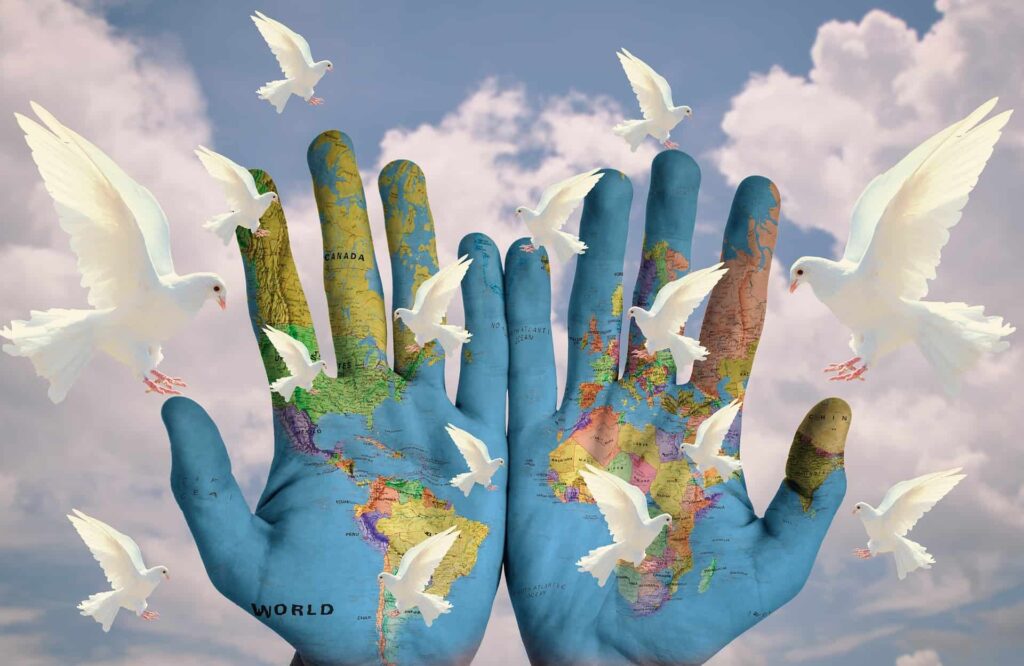
Introduction:
The conflict between Ukraine and Russia has been ongoing for years and has escalated in recent times, resulting in a full-blown crisis. This article aims to delve into the causes of the conflict, the consequences of the ongoing conflict, and possible solutions that could be implemented to achieve a peaceful resolution.
Historical Context:
Russia and Ukraine share a complex historical relationship dating back centuries. After gaining independence from the Soviet Union in 1991, Ukraine faced the challenge of transitioning to a democracy, complicated by its deep economic, political, and cultural ties to Russia. Russia has long seen Ukraine as part of its sphere of influence. Its annexation of Crimea in 2014 and support for separatists in eastern Ukraine can be seen as an attempt to maintain that influence. The conflict between Ukraine and Russia has been ongoing, fueled by Ukraine’s desire to establish itself as an independent democracy and Russia’s efforts to maintain its influence.
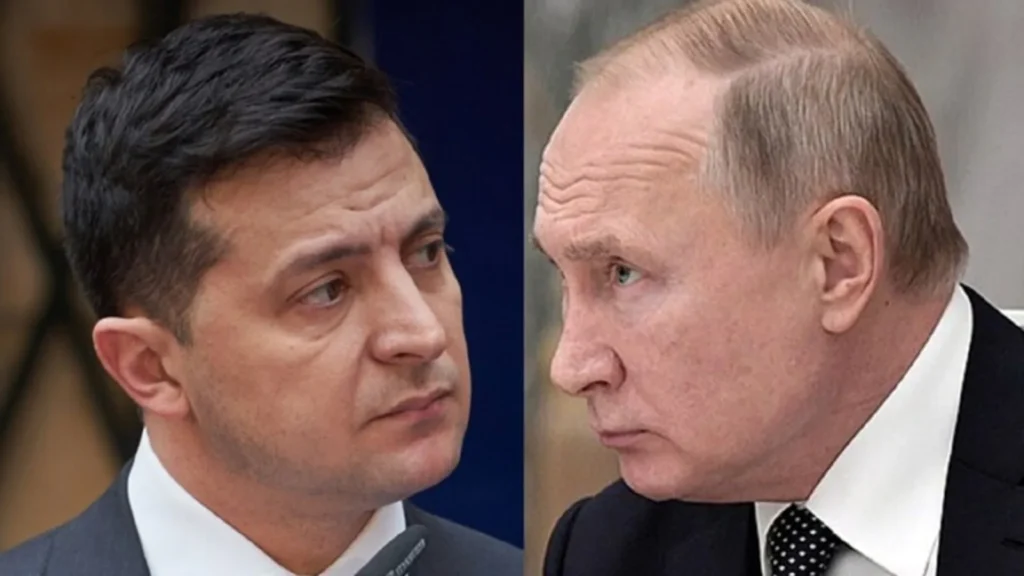
Political Differences:
The political differences between Ukraine and Russia have been longstanding and complex. One of the key issues driving the divide is the historical legacy of Soviet-era rule, which has left deep-seated tensions between the two countries.
Perhaps the most significant source of contention is the status of Crimea, which was annexed by Russia in 2014. Ukraine, along with most of the international community, considers the move illegal and continues to push for the peninsula’s return. Additionally, there have been ongoing conflicts in the eastern regions of Ukraine, where pro-Russian separatists have fought against Ukrainian government forces.
In terms of broader political ideology, Ukraine has pursued a pro-Western course, seeking closer ties with the European Union and the United States. Russia, on the other hand, has pursued a more traditional path of assertive nationalism and opposition to what it perceives as Western interference in its sphere of influence.
The two countries have also differed in their approaches to democracy and human rights. While Ukraine has taken steps towards greater political openness and transparency, Russia has seen a rollback of democratic freedoms in recent years, with increasing control over the media and opposition voices.
Overall, the political differences between Ukraine and Russia are multifaceted and deeply rooted, making the resolution of these issues a significant challenge for both countries and the international community.
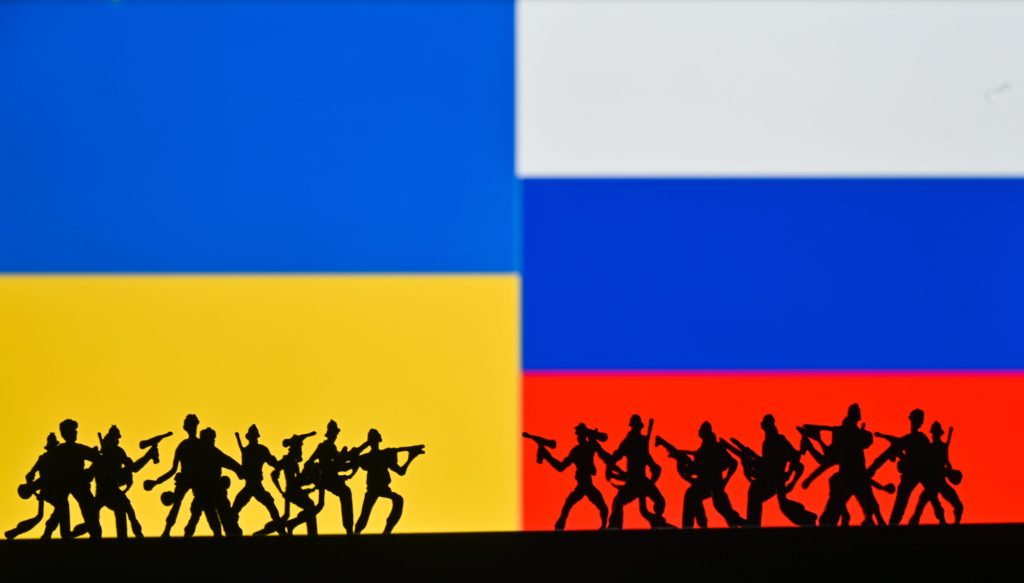
Economic Differences:
Ukraine and Russia have significant economic differences despite their shared history and geographical proximity. Ukraine has a market-oriented economy that is heavily reliant on exports, particularly in the agricultural sector. In contrast, Russia’s economy is dominated by its vast reserves of oil, natural gas, and other natural resources.
Another key difference is that Ukraine has pursued closer ties with the European Union (EU), while Russia has prioritized its relationship with China and other non-Western countries. This has resulted in Ukraine’s adoption of Western-style economic and political reforms, including privatization and liberalization of the economy, while Russia has maintained a more centralized and state-led economic model.
Furthermore, Ukraine has faced significant economic challenges since gaining independence in 1991, including high inflation, corruption, and political instability. In contrast, Russia has weathered these challenges relatively well, thanks in part to its significant reserves of natural resources and a strong state-led economic system.
Overall, the economic differences between Ukraine and Russia reflect their distinct political and historical trajectories, as well as their different approaches to economic policy and governance.
Cultural Differences:
Ukraine and Russia share a complex and intertwined history, but despite some similarities, there are notable cultural differences between the two countries. One of the most significant differences is the language. While Ukrainian is the official language of Ukraine, Russian is widely spoken and recognized as a regional language. In Russia, however, Russian is the dominant and official language.
Another significant difference is religion. Ukraine is predominantly Eastern Orthodox, while Russia has a more diverse religious landscape, including Eastern Orthodox, Islam, and other minority religions.
The cuisine is also an area where there are notable differences. Ukrainian cuisine is known for its hearty, simple dishes, such as borscht, varenyky (dumplings), and salo (cured pork fat). Russian cuisine, on the other hand, is characterized by its rich, savory flavors, and iconic dishes such as beef stroganoff, pelmeni (meat-filled dumplings), and blini (thin pancakes).
Overall, while Ukraine and Russia share some cultural similarities, there are significant differences in language, religion, and cuisine that set them apart.
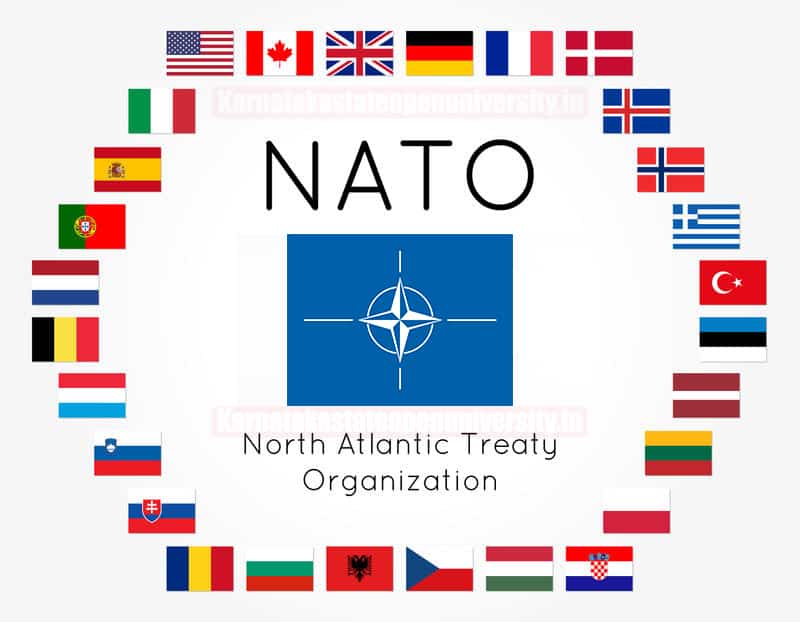
Russia’s NATO threat perception.
Russia perceives Ukraine’s decision to join NATO as a direct threat to its borders and national security. The expansion of NATO towards Russia’s borders is seen as a challenge to its regional dominance and influence, which is fueled by historical tensions between the two nations and Russia’s geopolitical ambitions. Russia’s opposition to Ukraine’s NATO aspirations has resulted in increased hostility and distrust between the two countries. The annexation of Crimea by Russia in 2014 further complicated the situation, with Russia warning of potential military action if NATO expands further into what it perceives as its sphere of influence.
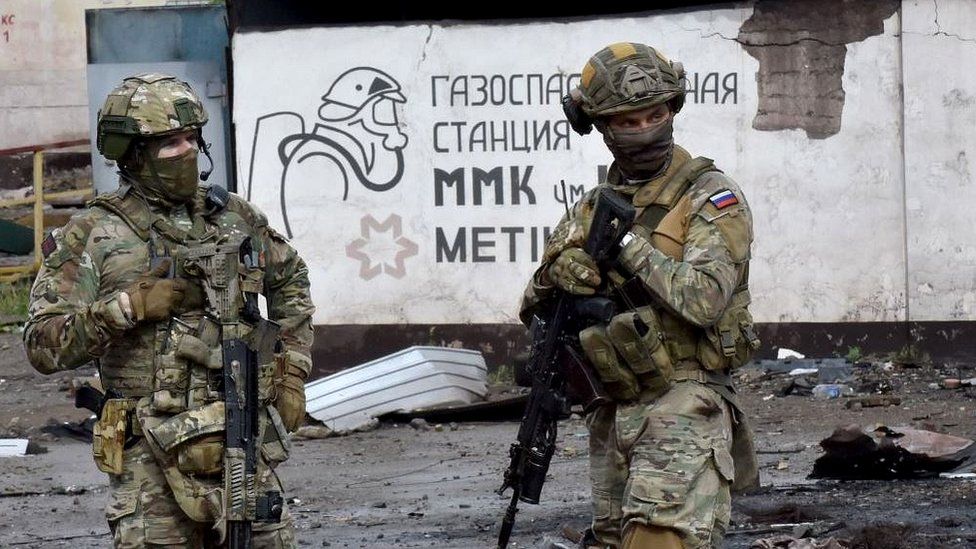
Annexation of Crimea:
In 2014, Russia annexed Crimea, a peninsula in Ukraine. The annexation followed a period of political instability in Ukraine, which culminated in the ousting of pro-Russian President Viktor Yanukovych. Russia, which had long-standing historical, cultural, and strategic ties to Crimea, cited the need to protect ethnic Russians living in the region as a justification for its actions. The annexation was met with widespread condemnation from the international community, with the United States and European Union imposing economic sanctions on Russia. The status of Crimea remains a contentious issue, with Ukraine and most of the international community considering it to be occupied territory, while Russia views it as an integral part of its sovereign territory. The annexation has had far-reaching political, economic, and social consequences for the region and the wider world.
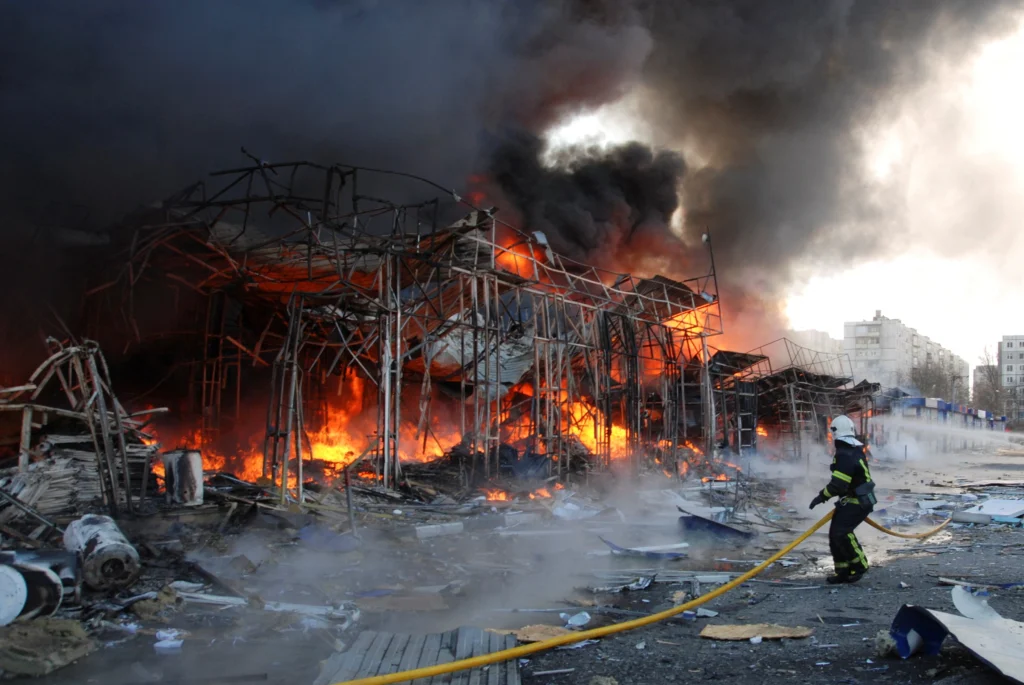
Fighting in Eastern Ukraine:
The fighting in Eastern Ukraine began in 2014 when pro-Russian separatists seized control of several cities in the Donbas region. The Ukrainian government responded with a military operation to regain control, resulting in a protracted conflict that has claimed over 13,000 lives.
The conflict has been marked by frequent ceasefire violations, heavy artillery shelling, and sporadic fighting. The situation has been exacerbated by the presence of Russian troops and weapons in the region, which Ukraine and its Western allies have accused Russia of supplying and supporting the separatists.
The conflict has had a devastating impact on the civilian population, with many people forced to flee their homes and seek refuge elsewhere. Diplomatic efforts to resolve the conflict have so far been unsuccessful, and the situation remains tense and unpredictable.
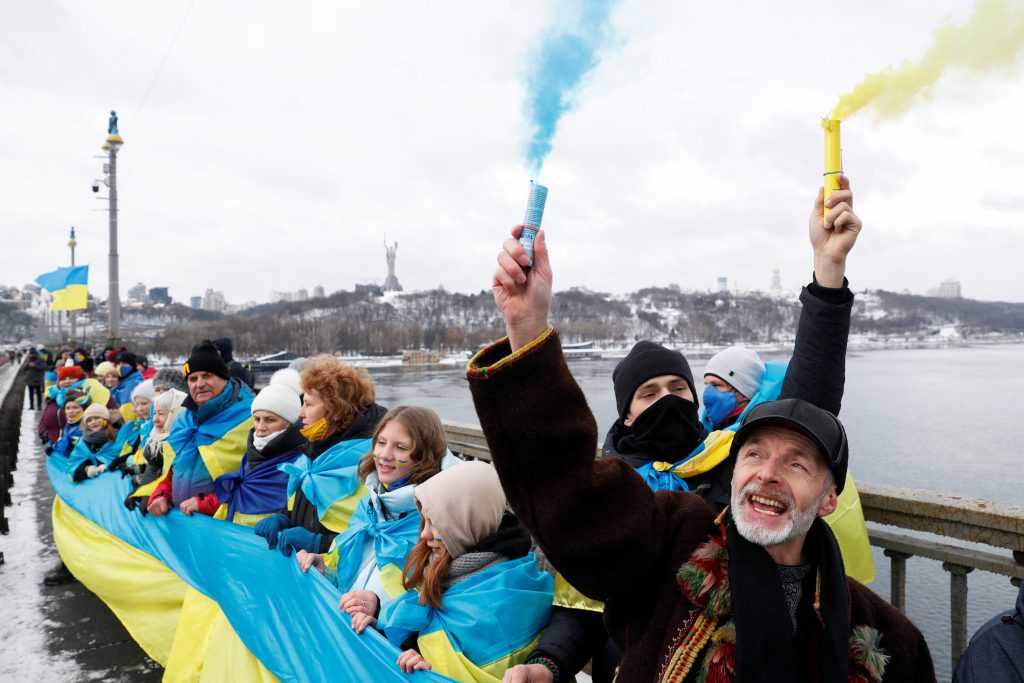
Diplomatic Efforts:
The conflict in Ukraine that began in 2014 has been a long-standing issue, and various diplomatic efforts have been made to resolve it. In 2015, the Minsk Accords were signed, which aimed to bring about a ceasefire, the withdrawal of heavy weaponry, and Ukrainian government control throughout the conflict zone. Despite these provisions, however, diplomatic efforts to resolve the conflict have been largely unsuccessful.
One reason for the lack of progress in diplomatic efforts is the deep-seated mistrust between the conflicting parties. The Ukrainian government and pro-Russian separatists in eastern Ukraine have been at odds over issues such as territorial control, political autonomy, and language rights. The involvement of Russia in the conflict has also complicated diplomatic efforts, with the West accusing Russia of supporting the separatists, a charge that Russia denies.
Despite the ongoing diplomatic stalemate, international organizations and individual countries continue to call for a peaceful resolution to the conflict. Many believe that the key to ending the conflict lies in a willingness on both sides to compromise and find common ground.

Recent Escalation:
In February 2022, Russia launched a full-scale invasion of Ukraine after months of intelligence gathering and observation of troop movements. The Joe Biden administration made the unconventional decision to reduce information-sharing constraints and allowed for the broader dissemination of intelligence and findings, both with allies—including Ukraine—and publicly. The goal of this strategy was to bolster allied defenses and dissuade Russia from taking aggressive action. However, just prior to the invasion, U.S. and Ukrainian leaders remained at odds regarding the nature and likelihood of an armed Russian threat, with Ukrainian officials playing down the possibility of an incursion and delaying the mobilization of their troops and reserve forces. On February 24, 2022, Putin announced the beginning of a full-scale land, sea, and air invasion of Ukraine targeting Ukrainian military assets and cities across the country.
Since the 2014 annexation of Crimea, Ukraine has also increasingly been the target of thousands of cyberattacks. The current conflict has severely strained U.S.-Russia relations and increased the risk of a wider European conflict. As the initial Russian invasion slowed, long-range missile strikes caused significant damage to Ukrainian military assets, urban residential areas, and communication and transportation infrastructure. Hospitals and residential complexes also sustained shelling and bombing attacks. In late March 2022, Russia announced that it would “reduce military activity” near Kyiv and Chernihiv. By April 6, Russia had withdrawn all troops from Ukraine’s capital region. On April 18, Russia launched a new major offensive in eastern Ukraine following its failed attempt to capture Kyiv. The war has compounded other global crises, with military operations and violence hindering the delivery and distribution of much-needed aid, including food, and exacerbating an already severe shortage of available global humanitarian assistance and resources.
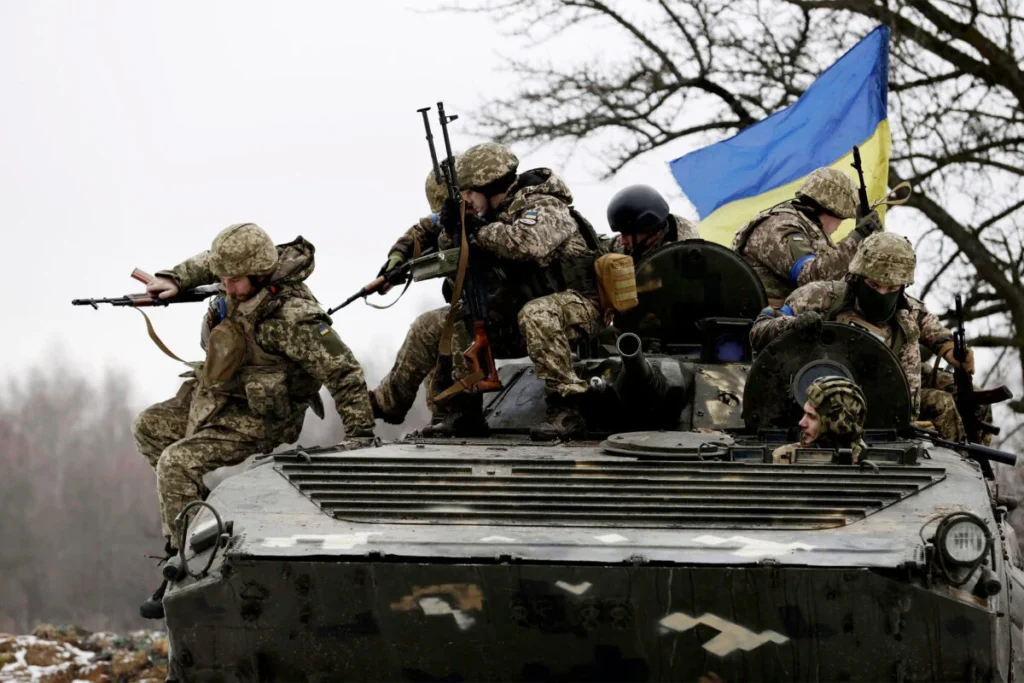
Consequences:
The conflict in question has brought about dire consequences, affecting millions of people in the region. One of the most significant effects has been the displacement of a large number of individuals, leaving them without homes, security, or basic necessities. The loss of life has also been a tragic outcome of this conflict, with many innocent people caught in the crossfire. Economic hardship has also plagued the region, as businesses and livelihoods have been destroyed or disrupted, leading to poverty and unemployment.
Unfortunately, the recent invasion has only worsened the situation, raising the potential for further loss of life and displacement. The conflict has become even more complex and volatile, with political instability and violence increasing. It is vital that a peaceful resolution be found to end this cycle of violence and allow those affected to rebuild their lives. The international community must come together to support a peaceful solution and provide aid and assistance to those impacted by this devastating conflict.
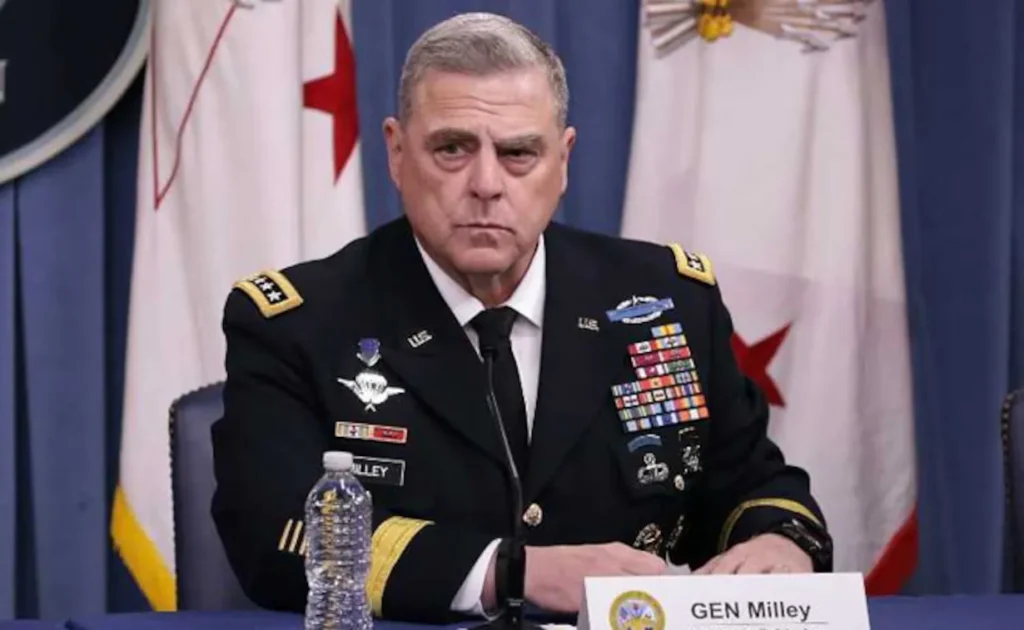
Possible Solutions:
General Mark Milley, the Chairman of the US Joint Chiefs of Staff, suggested in November 2022 that there was an opportunity for negotiations in Ukraine as Moscow announced its retreat from Kherson. He suggested that Ukraine could negotiate a withdrawal of Russian forces, given the latter’s military failures. However, the Biden administration did not push Ukraine to seek an immediate diplomatic resolution to the conflict, and President Biden later indicated that it was “up to the Ukrainians. Nothing about Ukraine without Ukraine.”
While international law can provide mechanisms for the peaceful resolution of international disputes, applying these mechanisms to achieve a solution that will be accepted by the relevant parties requires a readiness to submit to these mechanisms. Dr. Hanno Wehland, counsel in arbitration at Lenz & Staehelin, does not currently see a genuine possibility that arbitration proceedings will begin in respect of the Ukraine conflict. Justice Richard Goldstone, Honorary President of the IBA’s Human Rights Institute Council, suggests that Russia’s exclusion from the UN Human Rights Council was an appropriate response to its criminal conduct, but it does not preclude diplomatic solutions to end the war.
Possible mediators for negotiations could include Brazil, China, India, South Africa, and Turkey, and there may be two rounds of negotiation, one track involving Ukraine and Russia, and the other one involving other parties, including the US and NATO. A peace solution for Ukraine could include the neutrality of Ukraine, security guarantees for its sovereignty, Russian control of Crimea for a period of years, the autonomy of the Lugansk and Donetsk regions within Ukraine, guaranteed commercial access for both Ukraine and Russia to the Black Sea ports within both countries, the gradual removal of Western sanctions on Russia, a multilateral fund for reconstruction and development, immediate access for humanitarian relief, and a UN Security Council Resolution to support the peace agreement through international monitoring.
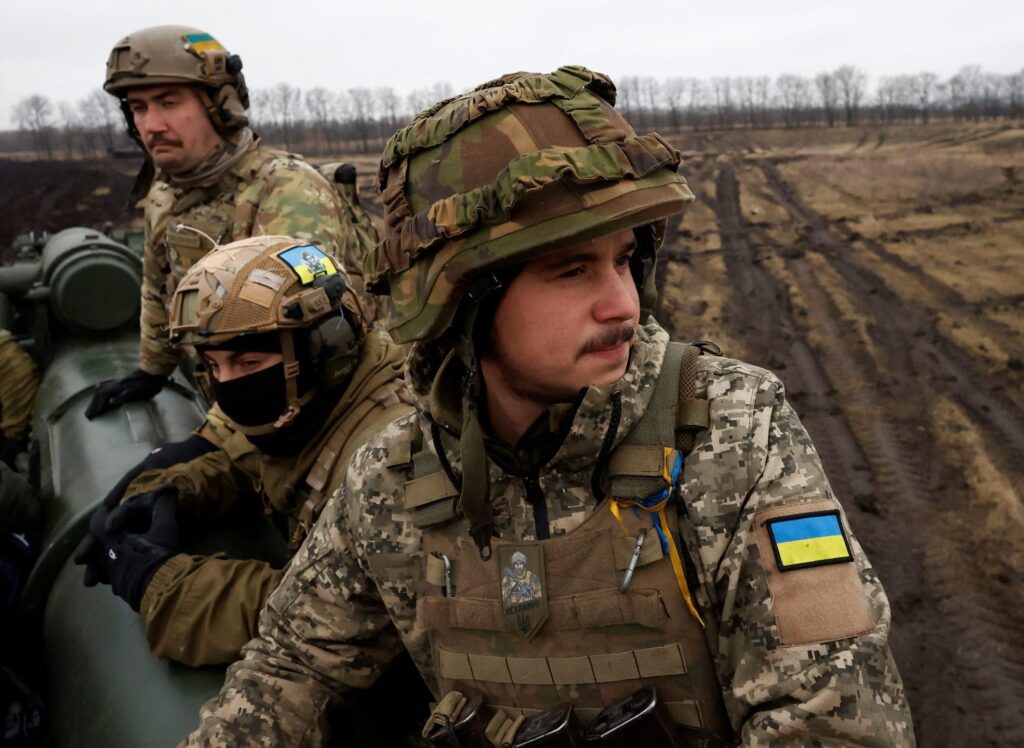
Conclusion:
The conflict between Ukraine and Russia is a complex and multifaceted issue that has its roots in historical, political, economic, and cultural differences. The annexation of Crimea by Russia in 2014, along with ongoing conflicts in eastern Ukraine, has exacerbated tensions between the two countries. Ukraine’s pursuit of closer ties with the West, including its aspirations to join NATO, has been viewed as a threat to Russia’s regional dominance and geopolitical ambitions. Achieving a peaceful resolution to the conflict will require a concerted effort from both countries and the international community, with a focus on addressing the underlying causes of the conflict and finding a compromise that recognizes the interests and concerns of all parties involved.
Possible solutions to the conflict include diplomatic negotiations, de-escalation of military tensions, and the implementation of economic and political reforms in Ukraine. However, the path toward a peaceful resolution is likely to be challenging, given the deep-seated tensions and differences between Ukraine and Russia. Ultimately, resolving the conflict between Ukraine and Russia will require a commitment to dialogue, compromise, and the pursuit of common interests, rather than a focus on narrow national interests and geopolitical ambitions.
Disclaimer:
The information and opinions presented in this article on countries’ conflicts are intended for general informational purposes only. The views expressed in this article are not intended to be a comprehensive or definitive analysis of any particular conflict or political situation and should not be relied upon as such.
While we strive to provide accurate and up-to-date information, we cannot guarantee the accuracy, completeness, or timeliness of the information presented in this article. Furthermore, the information presented may be subject to change as the situation evolves.
Readers are advised to conduct their own research and consult with experts and relevant authorities before making any decisions or taking any actions based on the information presented in this article. We disclaim any liability for any loss or damage arising directly or indirectly from the use of or reliance on the information presented in this article.

Wow, amazing weblog structure! How lengthy have you
been running a blog for? you make blogging look easy.
The total glance of your site is great, let alone the content material!
You can see similar here najlepszy sklep
Wow, amazing weblog structure! How long have you ever
been blogging for? you made blogging glance easy. The entire glance
of your web site is great, as well as the content! You can see similar here sklep internetowy
Outstanding feature